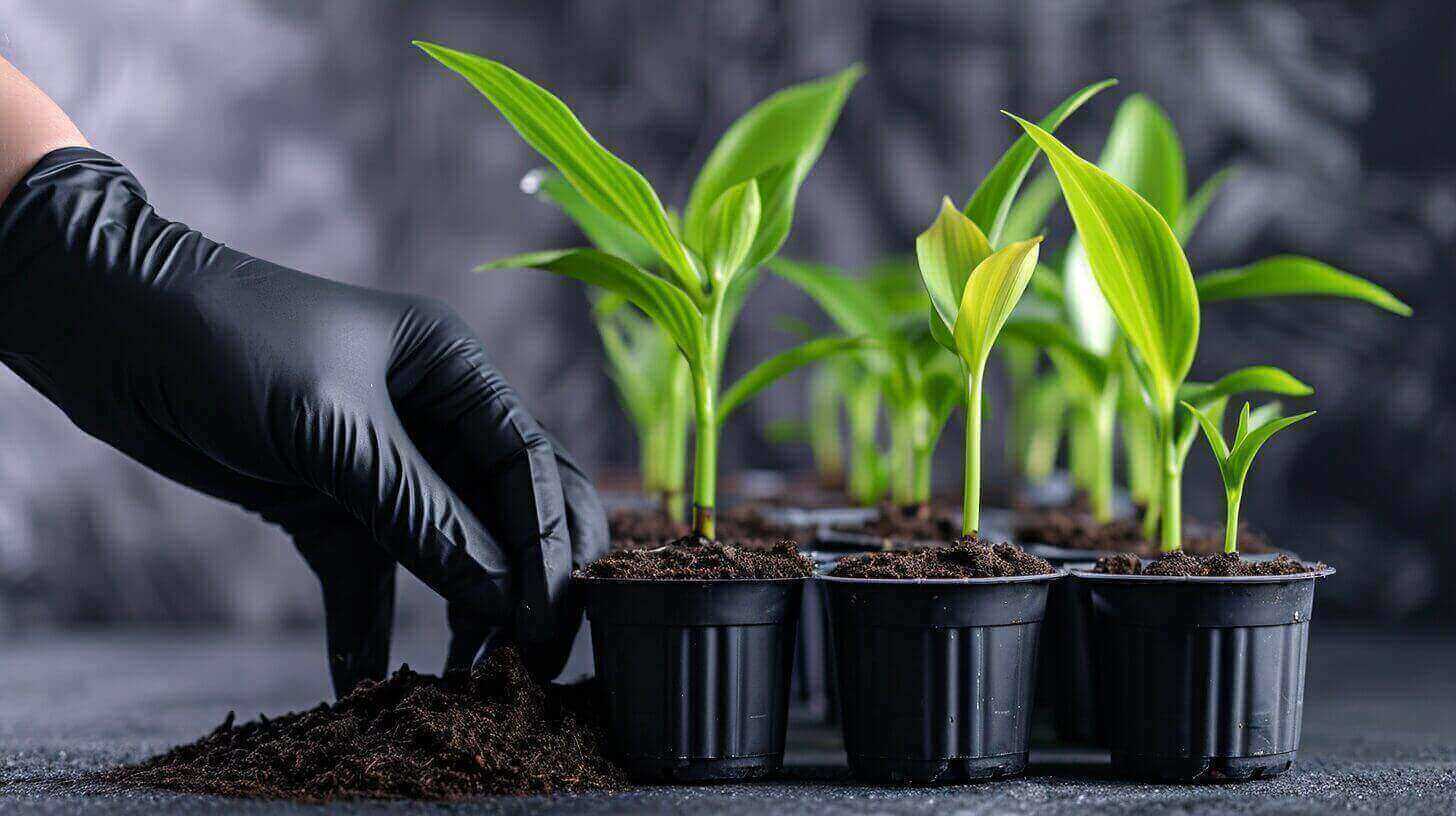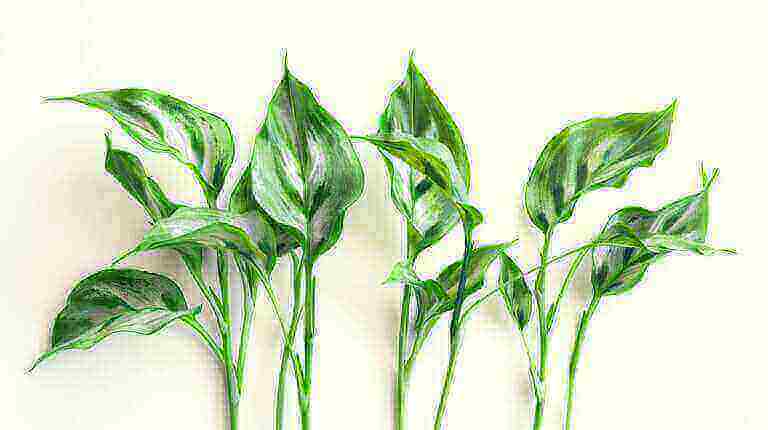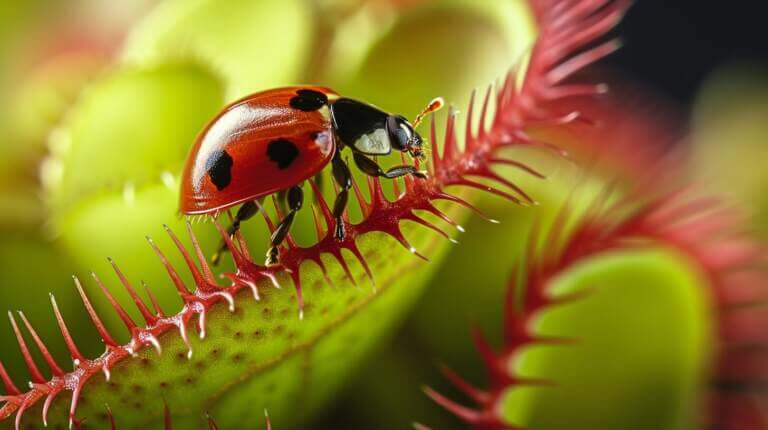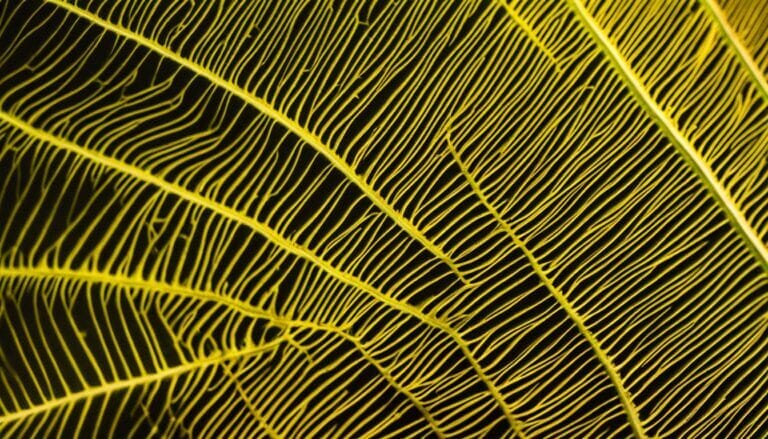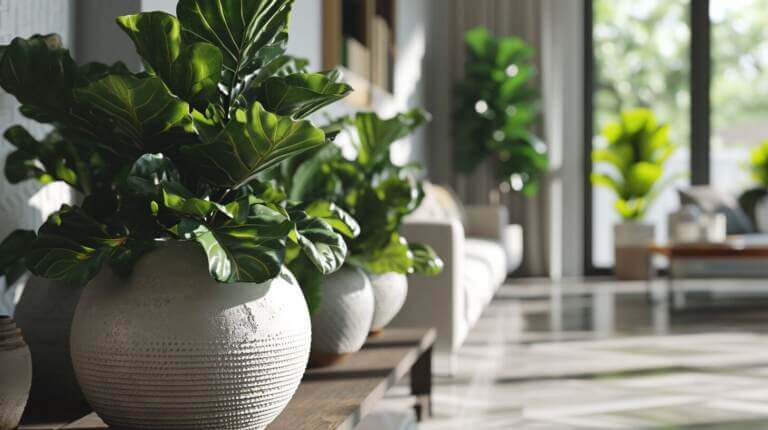Causes and Fixes for Slow Cast Iron Plant(Aspidistra Elatior) Growth Indoor Plant Care
The cast-iron plant, also known as Aspidistra elatior, is an indoor plant that is beloved for its hardiness and low-maintenance nature. With its lush, deep green leaves and ability to tolerate neglect, it is a popular choice for those looking to add a touch of green to their indoor spaces. However, if you find that your cast iron plant is growing slower than expected, there may be a few causes and fixes to consider.
Key Takeaways:
- Cast iron plants, also known as Aspidistra elatior, are slow growers and prefer low light conditions indoors.
- Placing the plant near a north-facing window will provide the plant with bright, indirect light.
- Moderate watering, allowing the top two inches of soil to dry out between waterings, is recommended for cast iron plants.
- Cast iron plants thrive in temperatures between 60 to 75 degrees Fahrenheit and do not require high humidity.
- Fertilizing monthly during the spring and summer months and propagating through division are recommended for healthy growth.
Cast Iron Plant Light Requirements and Placement
The cast-iron plant, known for its ability to thrive in low light conditions, has specific light requirements for optimal growth. It is best suited for areas with low to moderate light intensity, making it ideal for placement near a north-facing window. This placement allows the plant to receive enough brightness without direct sunlight, which can harm its leaves.
When positioning the cast-iron plant indoors, it is important to consider its light preferences. Placing the plant in a north-facing window provides bright but indirect light, creating the perfect environment for healthy growth. The north-facing direction ensures that the plant receives consistent light without the harshness of direct sunlight.
If growing the cast-iron plant outdoors, it is crucial to find a shady spot with indirect sunlight. This protects the plant from excessive light exposure, preventing leaf damage and ensuring its overall well-being. By understanding and meeting the light requirements of the cast-iron plant, you can help it thrive and maintain its vibrant foliage.
Aspidistra Elatior Watering and Soil pH
The watering and soil pH of the cast-iron plant play a crucial role in its overall health and growth. Proper watering practices and maintaining the right soil pH level will ensure that the plant thrives and remains vibrant.
Watering
The cast-iron plant requires moderate watering and prefers the soil to dry out slightly between each watering session. Overwatering can lead to root rot and other issues, while underwatering can cause the plant to dry out and experience leaf drooping. It is essential to check the moisture level of the soil before watering. A simple trick is to touch the top two inches of soil – if it feels dry, then it’s time to water the plant.
When watering, it’s important to thoroughly soak the soil until water starts draining out of the bottom of the pot. This ensures that the water reaches the plant’s roots and promotes healthy growth. After watering, allow the excess water to drain completely to prevent the roots from standing in water, as this can lead to root rot.
Soil pH and Drainage
The cast-iron plant can tolerate a wide range of soil types but prefers well-drained soil with a slightly acidic to neutral pH level. Good drainage is crucial to prevent waterlogging and root rot. If the soil retains too much moisture, it can negatively affect the plant’s growth and overall health. To improve drainage, adding organic matter such as perlite or sand to the potting mix can help create a suitable environment for the plant’s root system.
| Soil Type | pH Level | Drainage |
|---|---|---|
| Loamy Soil | Neutral (pH 7) | Good drainage |
| Sandy Soil | Neutral (pH 7) | Excellent drainage |
| Clay Soil | Slightly acidic to neutral (pH 6-7) | May require amendments for better drainage |
Remember, the key to successful watering is to maintain consistency and avoid extremes. Avoid the urge to overwater, as this can lead to root rot and other issues. Always check the moisture level of the soil before watering and provide the plant with well-drained soil to ensure optimal growth.
Cast Iron Houseplant Temperature and Humidity
Proper temperature and humidity levels are crucial for the healthy growth of cast-iron plants. These plants thrive in temperatures between 60 to 75 degrees Fahrenheit, making them suitable for most indoor environments. Whether you’re in a warm or cool climate, your cast-iron plant can adapt well as long as the temperature remains within this range. However, it’s important to note that these plants are not cold-hardy and should be brought indoors if the temperature drops below 50 degrees Fahrenheit.
When it comes to humidity, cast-iron plants can tolerate moderate levels but do not require high humidity for growth. They can adapt to the humidity levels commonly found in most homes, making them ideal for indoor cultivation. If you live in an area with low humidity, there is no need to worry, as these resilient plants can still thrive without any extra humidity adjustments.
Overall, maintaining a comfortable indoor temperature and humidity range is key to ensuring the optimal growth and health of your cast-iron plant. With proper care and attention to these factors, you can enjoy lush and vibrant foliage year-round.
Table: Ideal Temperature and Humidity for Cast-Iron Plants
| Temperature | Humidity |
|---|---|
| 60-75 degrees Fahrenheit | Moderate levels |
| Below 50 degrees Fahrenheit | Not suitable, bring indoors |
Cast Iron Plant Fertilizing and Propagation
Proper fertilization is crucial for the growth and health of a cast-iron plant. Fertilizing this slow-growing plant once a month during the spring and summer months can provide the necessary nutrients for optimal growth. You can choose between using a liquid fertilizer or a slow-release fertilizer, depending on your preference and availability.
When fertilizing the cast-iron plant, it’s important to water the plant before applying the fertilizer. This helps prevent any potential root burn that can occur if the fertilizer comes into direct contact with dry roots. Dilute the liquid fertilizer according to the label instructions and apply it to the soil around the plant, making sure not to pour it directly onto the leaves.
If you prefer using a slow-release fertilizer, follow the package instructions for the application rate and frequency. These types of fertilizers release nutrients slowly over time, providing a consistent supply of nourishment for the plant.
Propagation Methods
The cast-iron plant can be propagated through division, taking advantage of its rhizomatous growth habit. To propagate, carefully remove the plant from its container and gently separate the rhizomes. Each divided rhizome should have several healthy leaves attached. Plant the divided sections in separate pots filled with well-draining potting mix, ensuring that the rhizomes are partially buried and the leaves are above the soil surface. Water the newly propagated plants thoroughly and place them in a location with indirect light.
Propagation through division allows you to create new plants from an established cast-iron plant, giving you the opportunity to expand your collection or share plants with others. It’s important to note that the cast-iron plant is a slow grower, so be patient as you wait for the newly propagated plants to establish and grow.
Choosing the Right Potting Mix
The right potting mix is essential for the overall health and growth of the cast-iron plant. It’s important to choose a well-draining mix that allows excess water to flow through easily. A mix that retains too much moisture can lead to root rot and other issues.
A combination of peat moss, perlite, and coarse sand or vermiculite is a good choice for the cast-iron plant. This mix provides adequate drainage while retaining some moisture to support healthy root growth. Avoid using heavy or compacted soils, as these can suffocate the roots and hinder growth.
Remember to repot the cast-iron plant only when necessary, as it prefers to be slightly root-bound. If you do decide to repot, choose a pot that is slightly larger than the current one, and be gentle when handling the plant to avoid damaging its delicate roots.
Aspidistra Elatior Common Problems and Solutions
When caring for a cast iron plant, it’s important to be aware of common problems that may arise. One issue you may encounter is yellow leaves. This can be a sign of under watering, overwatering, or even excessive light exposure. To address this problem, adjust your watering schedule to ensure the plant is getting the right amount of moisture. Additionally, provide indirect light to prevent leaf burn. Pruning any damaged or dead leaves can also help promote healthy growth.
Brown leaves are another common issue with cast iron plants. Similar to yellow leaves, brown leaves can be caused by under watering, overwatering, or improper light exposure. To remedy this problem, carefully monitor your watering habits and adjust as necessary. Make sure the plant is not receiving too much direct sunlight, as this can also lead to leaf discoloration. Regular pruning can help remove any brown or damaged leaves and encourage new growth.
In addition to watering and light issues, pruning is an essential aspect of caring for a cast iron plant. Regularly inspect the plant for any damaged or dead leaves, and remove them using clean, sharp pruning shears. This not only improves the plant’s appearance but also prevents any further issues from developing. Pruning also allows the plant to focus its energy on healthy growth and promotes better air circulation, reducing the risk of diseases.
FAQ
How often should I water my cast-iron plant?
Cast-iron plants prefer to dry out between waterings. It is important to check the soil moisture and water when the top two inches of soil are dry to the touch.
Where should I place my cast-iron plant indoors?
Cast-iron plants thrive in low light conditions and prefer indirect sunlight. It is best to place the plant near a north-facing window where it can receive bright but indirect light.
How do I propagate my cast-iron plant?
Cast-iron plants can be propagated through division. Carefully divide the plant’s rhizomes and replant them in a pot with well-draining potting mix.

